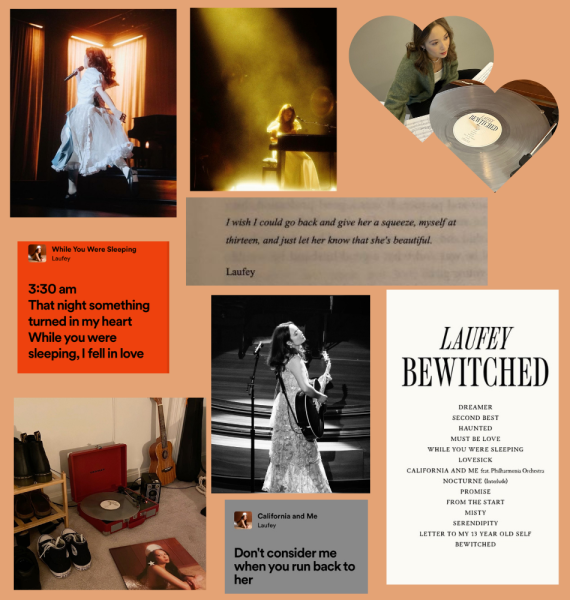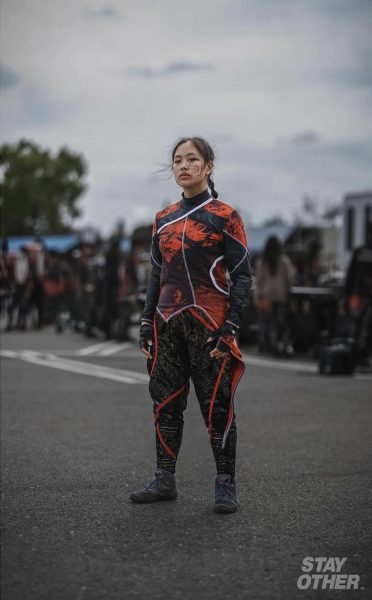Teetering on the line between sport and art
Artistic sports such as gymnastics, diving, and figure skating more often than not have their legitimacy questioned by avid ball sport fans and people who only see the rough, nitty-gritty demonstrations of athleticism as valid. The question of whether these are “real” sports belies the notion that art and sport can act as one, a notion that has contended much debate.
February 8, 2023
Every couple years when the Summer and Winter Olympic Games rolls around, sports fans all around the world tune into the competitions in this paramount demonstration of athleticism. Time and time again, sports like gymnastics, figure skating, synchronized swimming, diving, etc. turn out to be the most watched by viewers, according to broadcast networks that televise the Games. The popularity of these sports puts them in the limelight to be harped on with much scrutiny and ridicule from some people who don’t consider them “real” sports.
“Artistic sports are seen as more pretty or more for performance rather than one of the more physical sports like soccer or football—it’s a lot of strength and very brutal in a way sometimes,” said competitive figure skater and member of the school’s color guard ensemble Chloe Lo (9). “But I guess it’s really biased a lot of the time because of how some sports can be more advertised to a certain gender.”
These critics argue that they’re not really sports simply because they incorporate more aspects of art and should therefore be classified as such. However, that argument often dismisses and overlooks the very intense rigor and strenuous training that these athletes exude. They spend hours upon hours each day perfecting their craft, making everything look pristine and effortless. These efforts don’t go unnoticed by the trained eye of the judges who catch every little seemingly unregistered movement, from the most understated articulation of the foot to the prominent extension of a limb.
“I think a lot of people just see the beauty of it,” said figure skater Hannah Fitzgerald (10). “They don’t understand how much your body is going through and how hard the training can be.”
The ball game enthusiasts rave about how art and sport are mutually exclusive and can not coexist as one entity. However, a lot of athletes who do artistic sports view themselves as both an athlete and an artist.
“I think I’m an even split between the two because there’s a lot of training, stamina, and stuff that’s in other athletic sports that goes into it. But then again, it is really an art. The way you move has to flow and be beautiful. Not only are you doing everything on the inside—so make it look nice, but you’re putting on a show and I think that’s what makes it artistic,” said Fitzgerald.
Why can’t figure skaters, gymnasts, and divers be deemed athletes and artists simultaneously? The fact is most artistic sports are dominated by women, and unsurprisingly most of this virulent opposition is led by men who see soccer and hockey as actual sports. In a Chicago Tribune article that was published during the 2018 Winter Olympics, sports columnist Bernie Lincicome opined, “real sports have locker rooms; figure skating has Kiss and Cry.” The likes of Lincicome make it their main point that artistic sports can not be taken seriously because they are judged subjectively. According to their be-all end-all definition, sports must have an absolute, objective scoring system remiss of such ridiculous criteria as performance quality and artistic expression. These prominent aspects of artistic sports are denounced and mocked for being a vapid, unimpressive display of “lusty melodrama, overwrought theatrics and shameless sentiment.”
“I think if people have a pre-decided image of what a sport is in their head, then I think it does boil down to some misogyny,” said diver and former gymnast Jaymie Yow (12).
The question of whether sport and art can be intertwined is one of contention, but the women at the forefront of these sports will not let the opinions of close-minded bystanders demean them. There is no universal, set in stone denotation for what constitutes a sport, but all this debate over semantics is so tired and redundant. The International Olympic Committee doesn’t entertain the opinions of picky sports fans, so there really is no resolution for their grievances.









![[Photo Essay] What are the Bulldogs most used apps?](https://ayalabulldogtimes.org/wp-content/uploads/2024/05/Untitled_Artwork-23-1200x882.png)
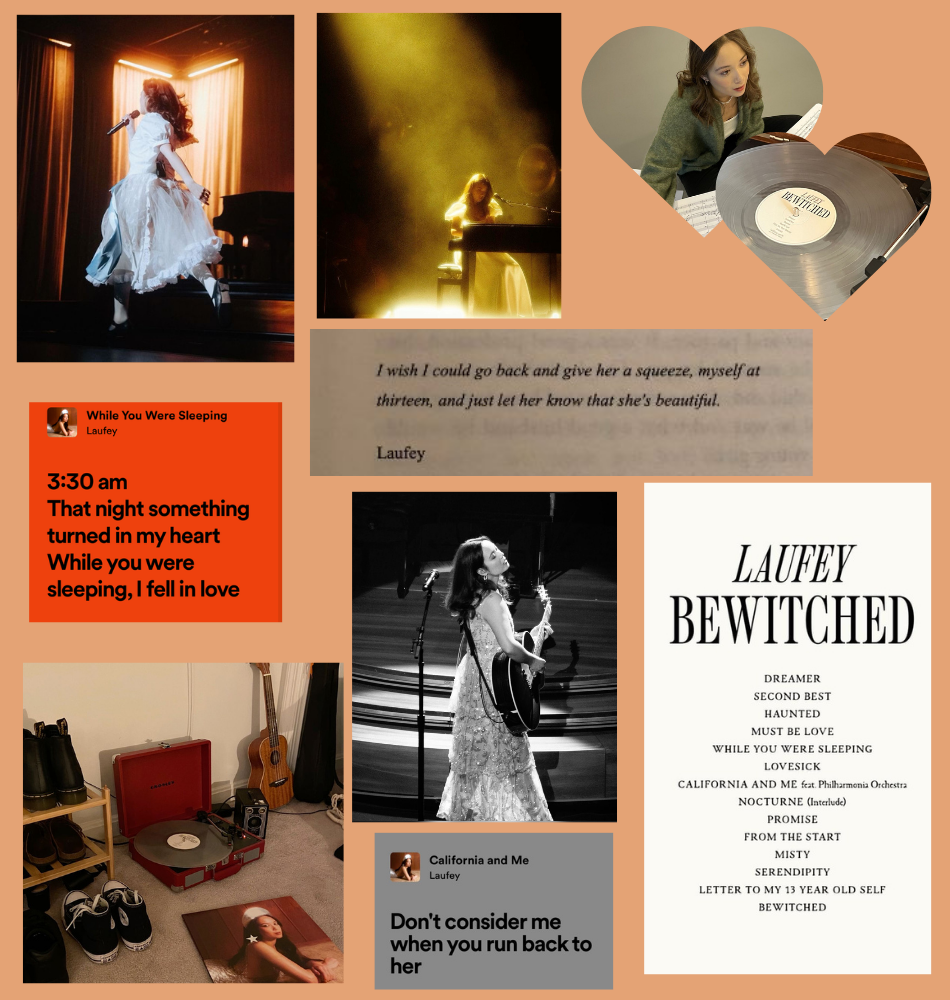


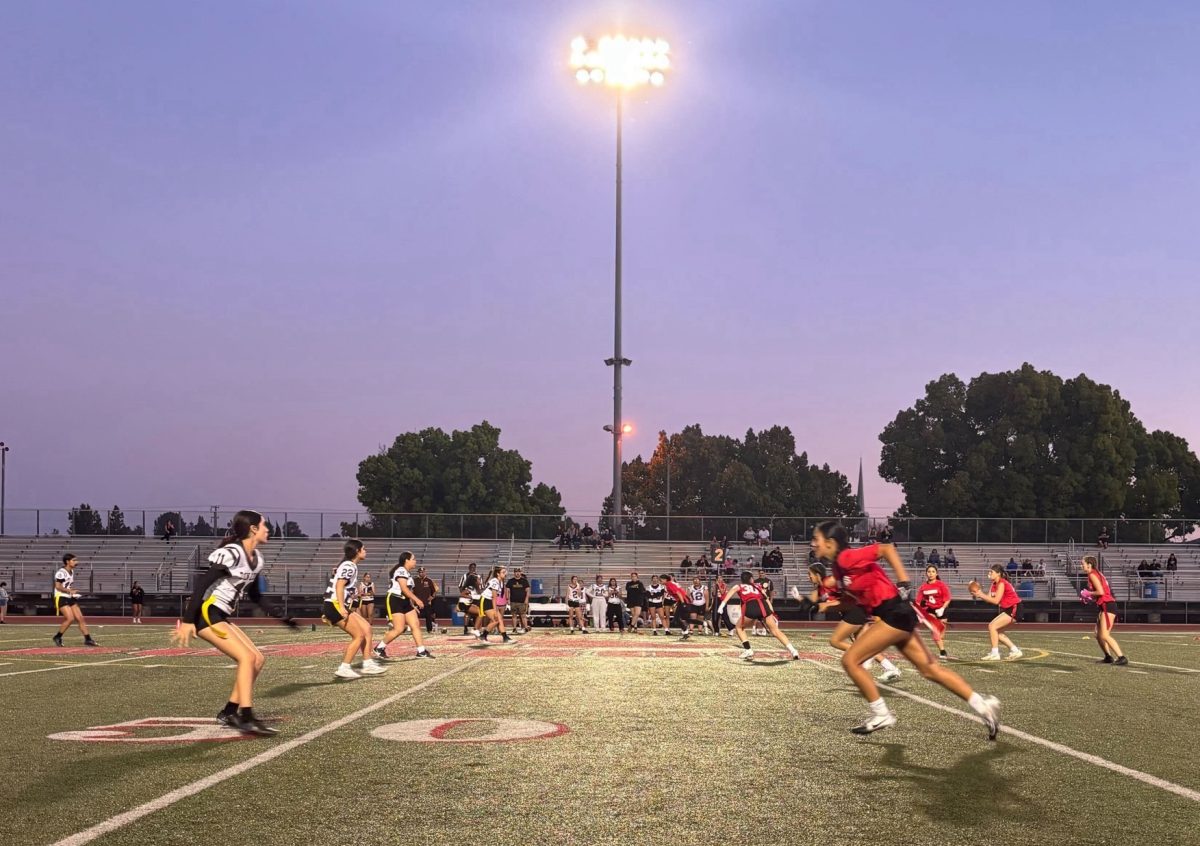


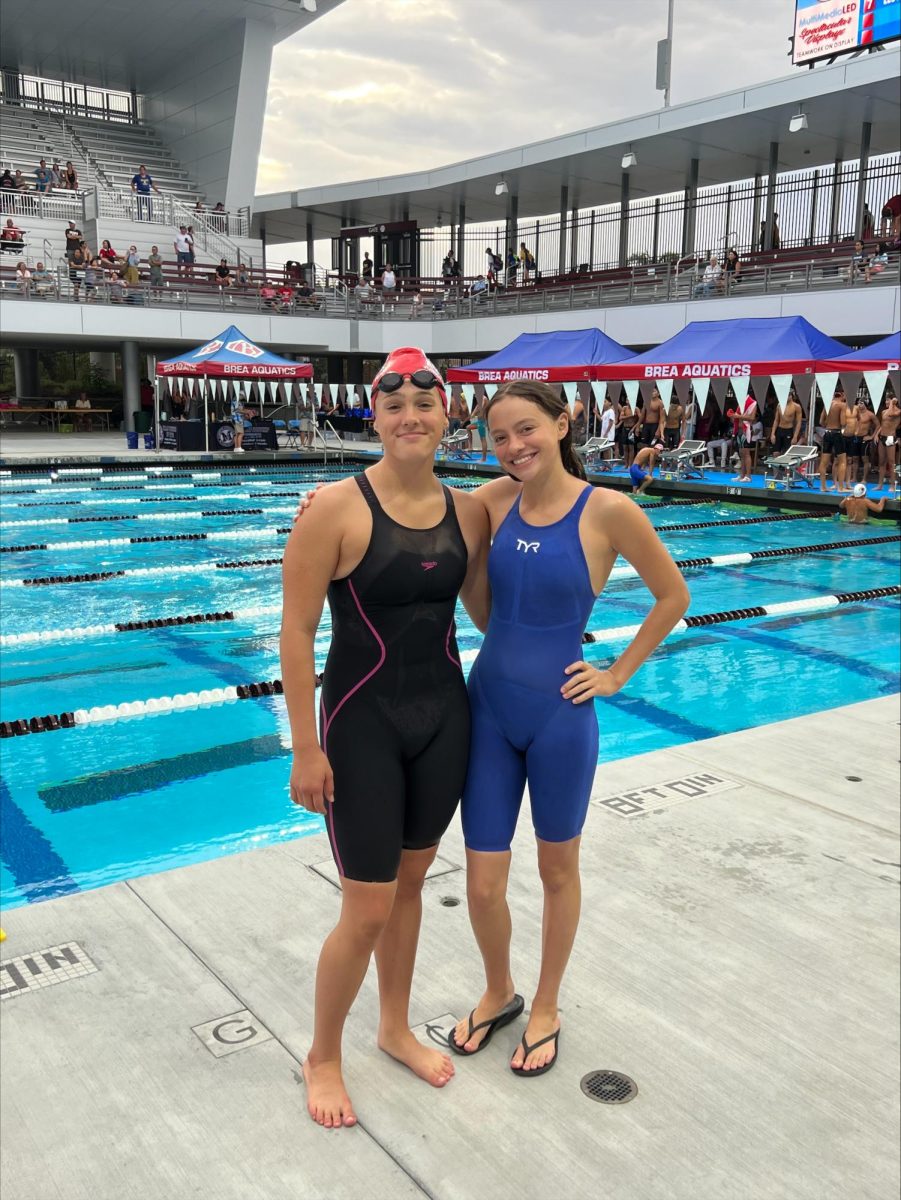

![Khalea Turningan has recently signed with the University of La Verne, to continue playing soccer after she graduates from Ayala. “Ive enjoyed [soccer] so much that I committed,” Turnigan said.](https://ayalabulldogtimes.org/wp-content/uploads/2024/02/Screenshot_20240201_122135_Instagram.jpg)
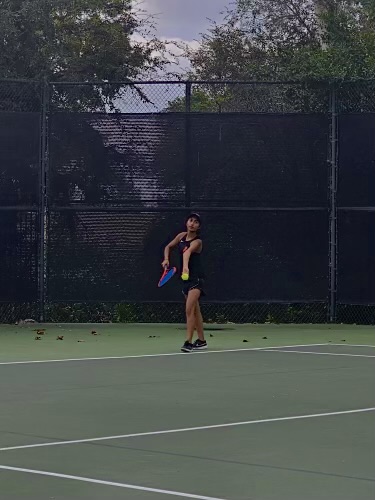






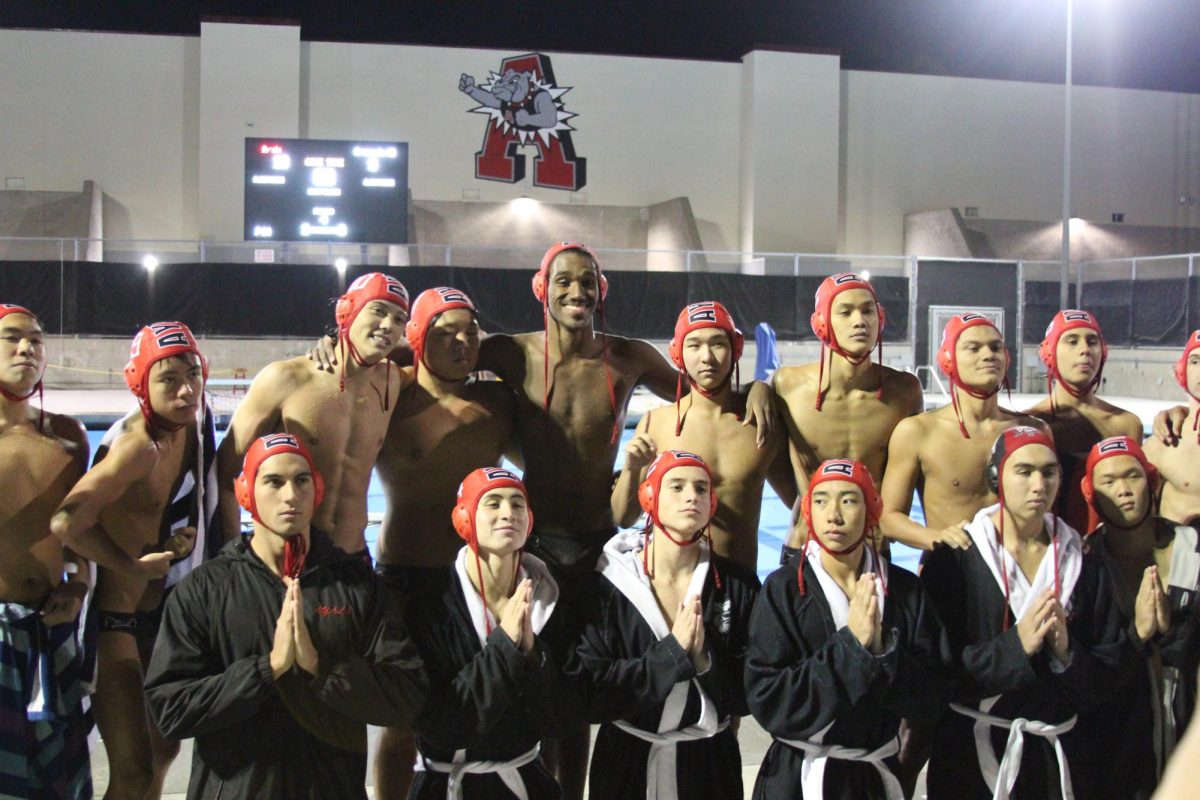


![Girls golf team at Glendora Country Club after their victory against Glendora High School. [From left] Lin Xu (9), Elisabeth lee (10), Eva Alcantara (10), Julie Zhao (9), Madison Soong (10), Priya Devine (10), Rachel Lee (9), Bella Campagna (12), Malaya Csupak (12), Julianna Limchu (12), Kailyn Dang (11), Hannah Reyes (11).](https://ayalabulldogtimes.org/wp-content/uploads/2023/11/IMG_6906-e1699247144815-1200x871.jpeg)



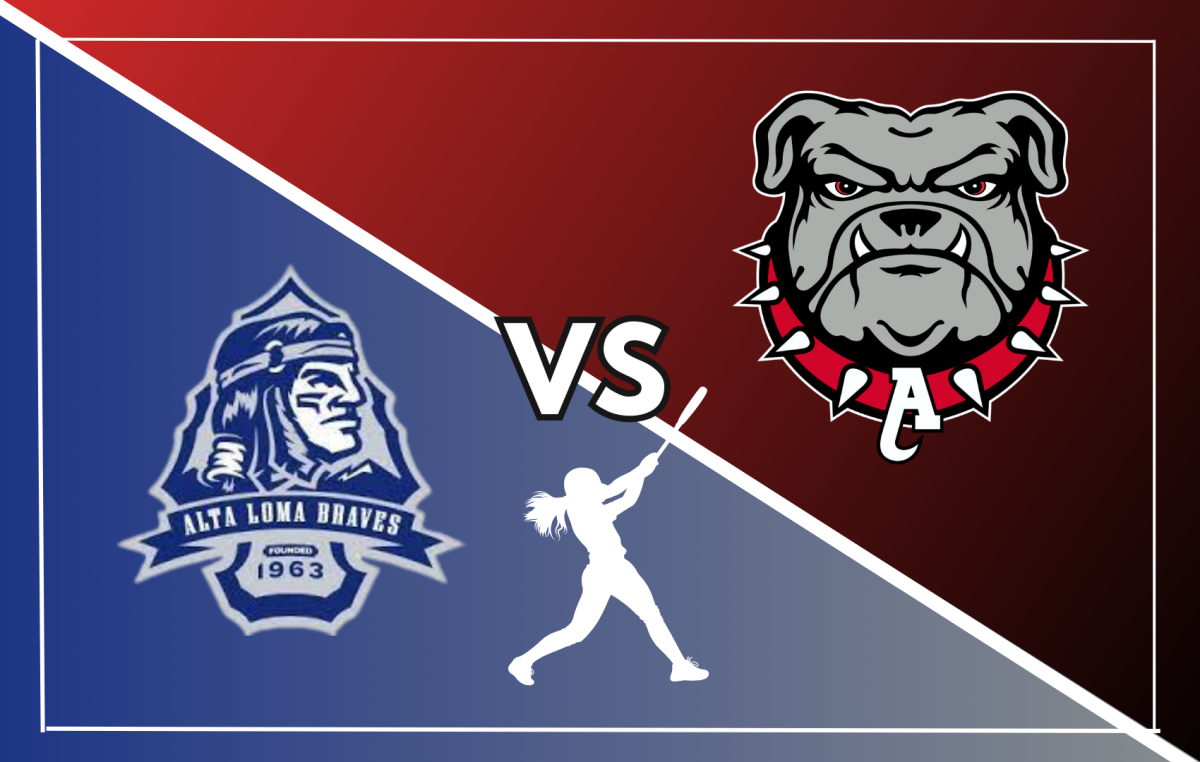




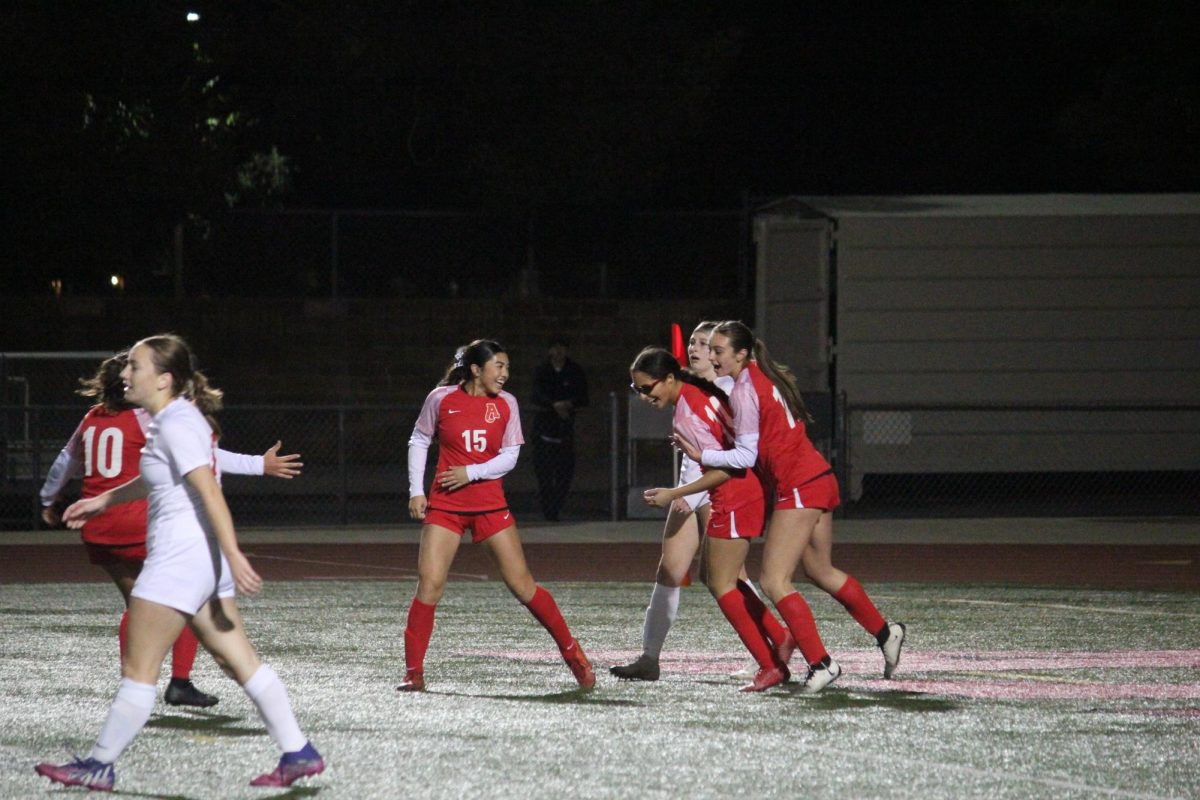




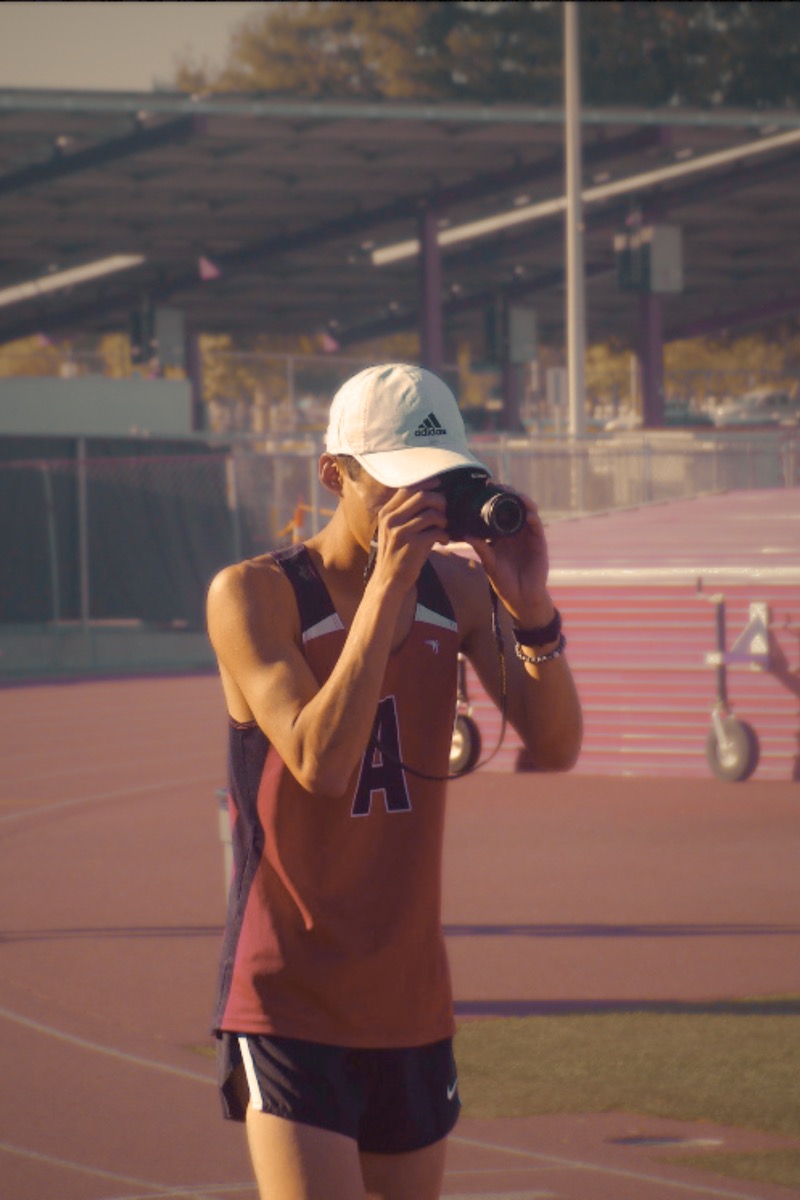





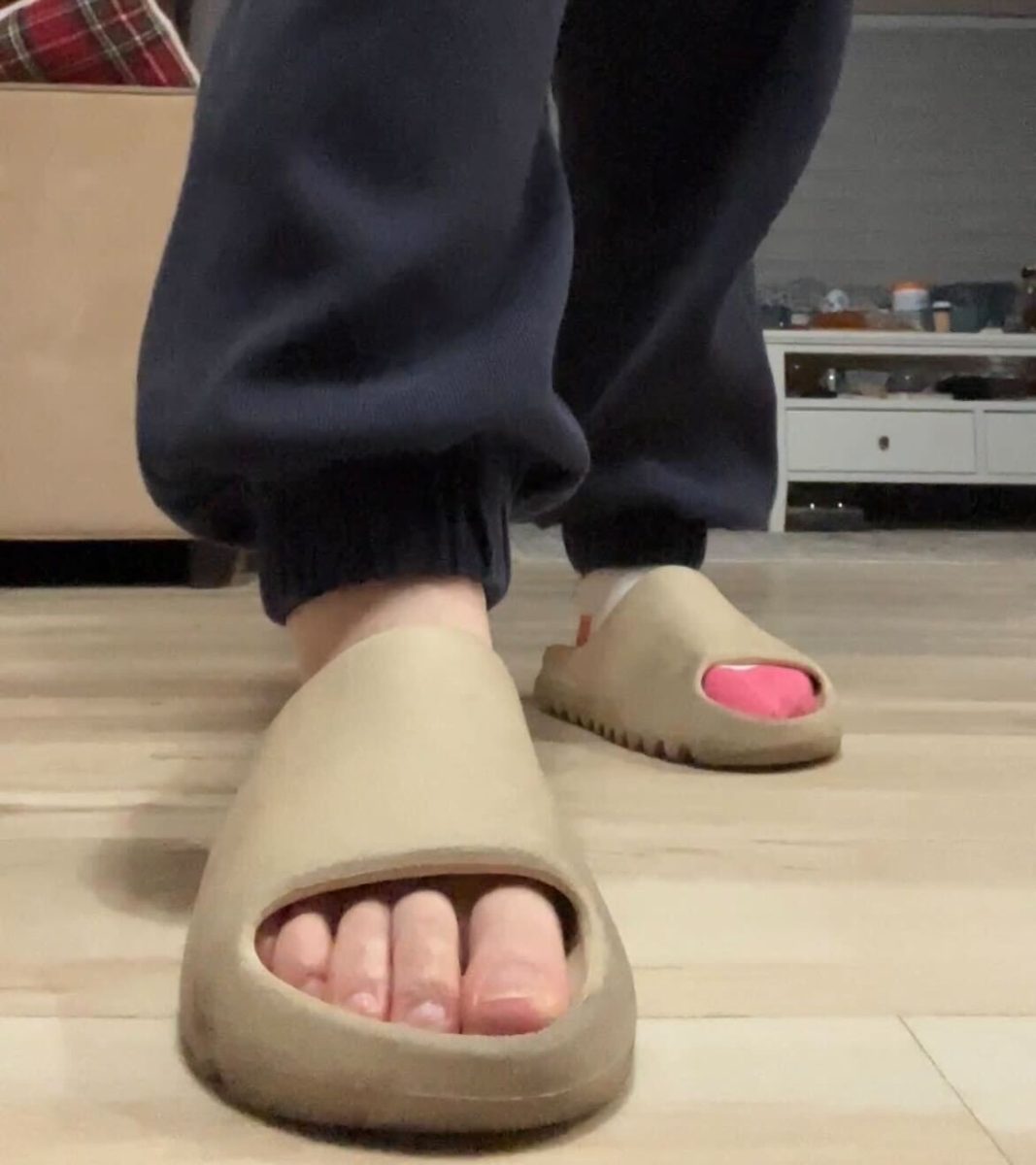
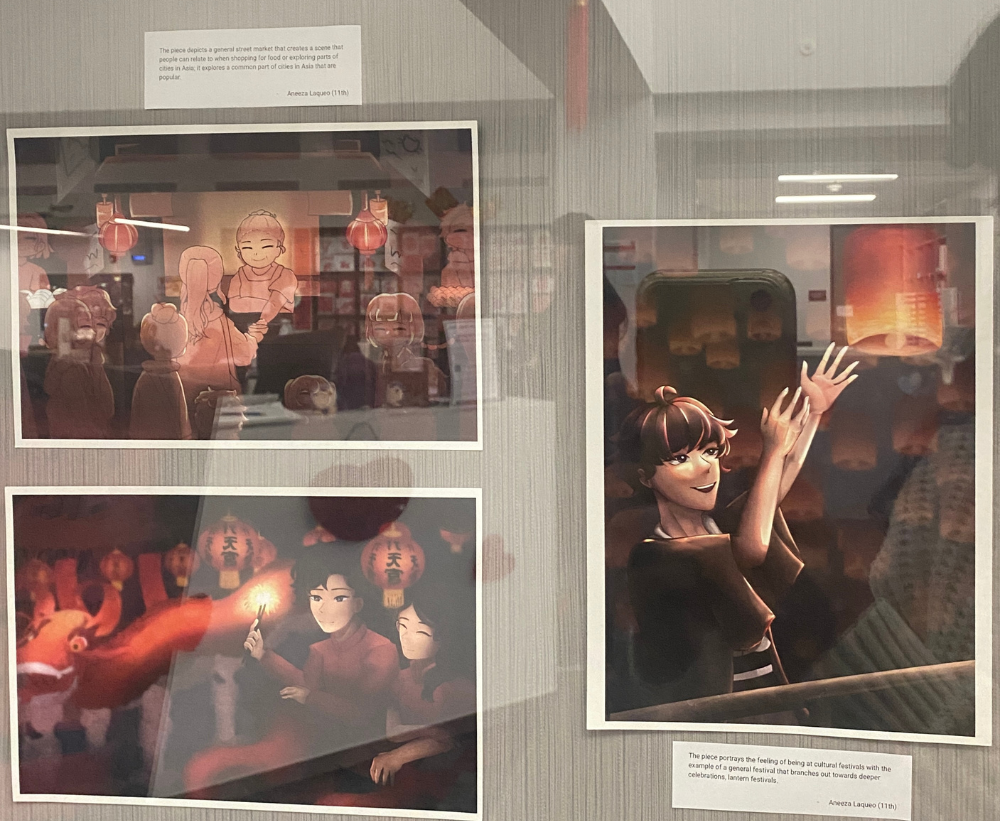


![[Valentines Writing Comp 24] How Dare You?](https://ayalabulldogtimes.org/wp-content/uploads/2024/03/IMG_1687-1200x794.png)
![[Valentines Writing Comp 24] Roses and Violets: A Modern Love Letter](https://ayalabulldogtimes.org/wp-content/uploads/2024/03/IMG_1686.png)





![[Episode 2] Fast fashion on the environment](https://ayalabulldogtimes.org/wp-content/uploads/2023/04/cover-art-1-900x900.png)








![[Photo Essay] What are the Bulldogs most used apps?](https://ayalabulldogtimes.org/wp-content/uploads/2024/05/Untitled_Artwork-23-600x441.png)
